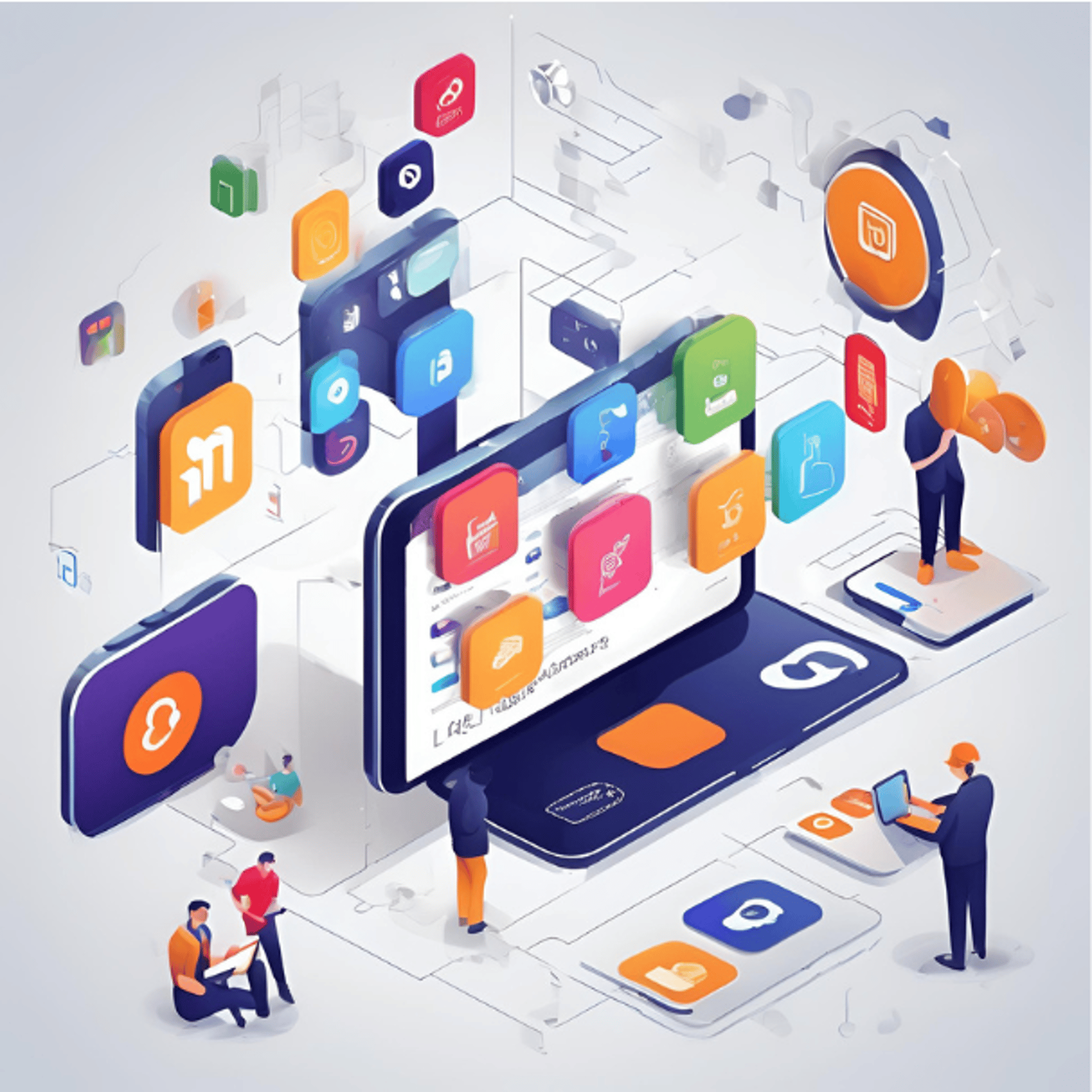Embracing the Future: Developing Contemporary Applications for Smooth Digital Experiences
Explore how contemporary applications enhance digital experiences with user-friendly design, scalable architecture, and seamless functionality for modern businesses

Let's examine the salient features of this new wave of development and how to use them to your digital projects to make them truly amazing
Cloud-Native Design: Easily Scalable
The days of apps being restricted to on-premises servers are long gone. Cloud-native architecture allows modern applications to withstand changing loads and grow easily without sacrificing performance. Through the usage of cloud services from providers such as AWS, Azure, and Google Cloud, developers can guarantee that their apps are always responsive, always available, and ready to handle customer demands.
Microservices: Developing Quickly
Complex programs are divided into smaller, independent services by the microservices design, which allows for individual development, deployment, and scaling. This method encourages agility by enabling rapid iteration and update deployment by development teams without impacting the system as a whole. Businesses can increase fault isolation, accelerate development, and streamline operations by implementing microservices.
DevOps: Uniting Operations and Development
The foundation of contemporary application development is DevOps, which promotes a collaborative culture between the development and operations teams. Applications are produced, tested, and delivered quickly and reliably because to DevOps' use of tools like Docker and Kubernetes, workflow automation, and continuous integration/continuous deployment (CI/CD) pipelines. This procedure expedites time-to-market, improves security, and decreases downtime.
API-First Design: Boosting Compatibility
The fundamental components of contemporary apps are APIs (Application Programming Interfaces), which enable smooth communication between various services and systems. By designing and developing APIs as the main interface for interaction, an API-first development strategy makes it easier to integrate with third-party services and encourages the creation of a more modular and scalable architecture. By using this approach, applications are future-proofed against technical changes and interoperability is improved.
Security by Design: Ensuring User Information Safety
Modern application development now places a high premium on security due to the rise in cyber risks. Businesses may safeguard customer information and uphold confidence by including security procedures into the development lifecycle. This entails putting encryption into place, carrying out frequent security audits, and abiding by regulatory requirements like GDPR and HIPAA. Applications are made resilient against vulnerabilities and breaches through security by design.
UX-Centric Design: Creating Outstanding User Interfaces
At the center of creating modern applications is user experience, or UX. Developers may meet the demands and expectations of their audience by creating intuitive and engaging interfaces through the adoption of a user-centric design strategy. In order to do this, user research must be done, thorough user personas must be developed, and the design must be regularly tested and improved. Prioritizing user experience (UX) leads to increased client loyalty and adoption rates in addition to improved user happiness.
Ongoing Evaluation and Input: Guaranteeing Superiority
The journey continues even after an application is put into use. Modern applications require constant monitoring and feedback loops to be maintained and improved. Developers are able to keep an eye on the performance of their applications, spot anomalies, and get real-time user feedback by utilizing technologies such as New Relic, Prometheus, and Grafana. Continuous improvement, proactive problem solving, and the provision of outstanding digital experiences are made possible by this data-driven strategy.
Final Thoughts
With the digital world changing so quickly, modern application development is becoming more and more necessary than merely a fad. Businesses may build enduring, scalable, and user-friendly apps by embracing cloud-native architecture, microservices, DevOps, API-first development, security by design, user-centric design, and continuous monitoring. Maintaining an edge with cutting-edge development techniques will be essential for long-term success as technology develops.
For additional information on building modern applications, please visit https://avencer.tech

